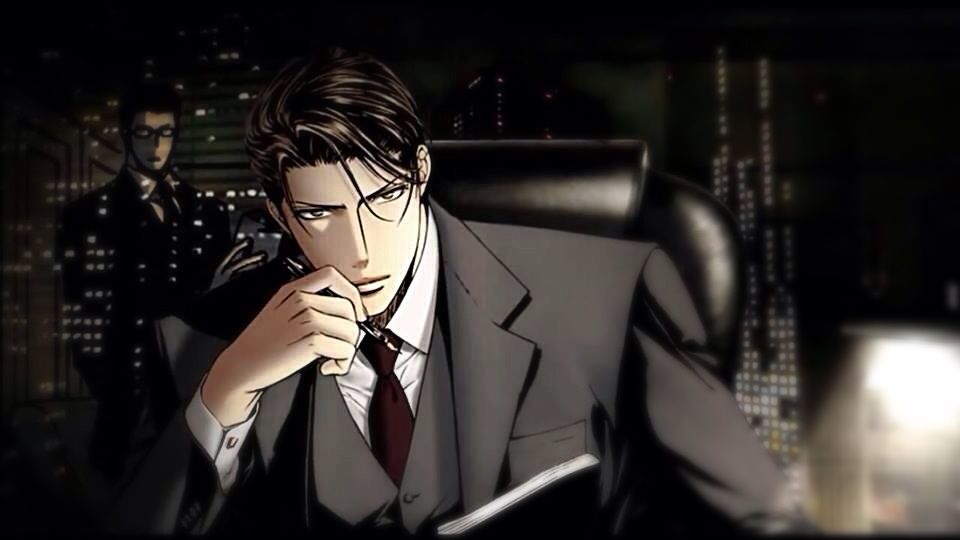

The plot of Hoffmann's story (and Dumas' adaptation) was greatly simplified for the two-act ballet. Hoffmann's story " The Nutcracker and the Mouse King", by Alexandre Dumas called "The Story of a Nutcracker". The material Vsevolozhsky chose was an adaptation of E. For the ballet, Tchaikovsky would again join forces with Marius Petipa, with whom he had collaborated on The Sleeping Beauty. Among other things, the score is noted for its use of the celesta, an instrument the composer had already employed in his much lesser known symphonic ballad The Voyevoda (1891).Īfter the success of The Sleeping Beauty in 1890, Ivan Vsevolozhsky, the director of the Imperial Theatres, commissioned Tchaikovsky to compose a double-bill program featuring both an opera and a ballet. Tchaikovsky's score has become one of his most famous compositions. The ballet's score has been used in several film adaptations of Hoffmann's story. Major American ballet companies generate around 40% of their annual ticket revenues from performances of The Nutcracker. Since the late 1960s, it has been danced by countless ballet companies, especially in North America. Although the complete and staged The Nutcracker ballet was not as successful as had been the 20-minute Nutcracker Suite that Tchaikovsky had premiered nine months earlier, The Nutcracker soon became popular. The ballet's first choreographer was Marius Petipa, with whom Tchaikovsky had worked three years earlier on The Sleeping Beauty, assisted by Lev Ivanov. Hoffmann's 1816 short story The Nutcracker and the Mouse King. The music is by Pyotr Ilyich Tchaikovsky, his Opus 71. balet-feyeriya) set on Christmas Eve at the foot of a Christmas tree in a child's imagination. Shchelkunchik, IPA: ( listen)) is an 1892 two-act "fairy ballet" (Russian: балет-феерия, tr.


 0 kommentar(er)
0 kommentar(er)
